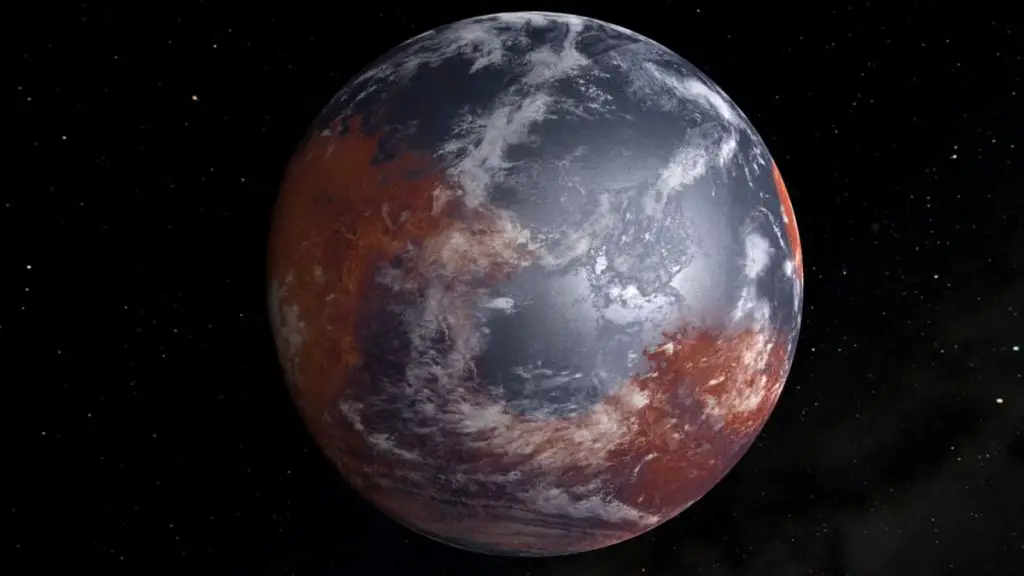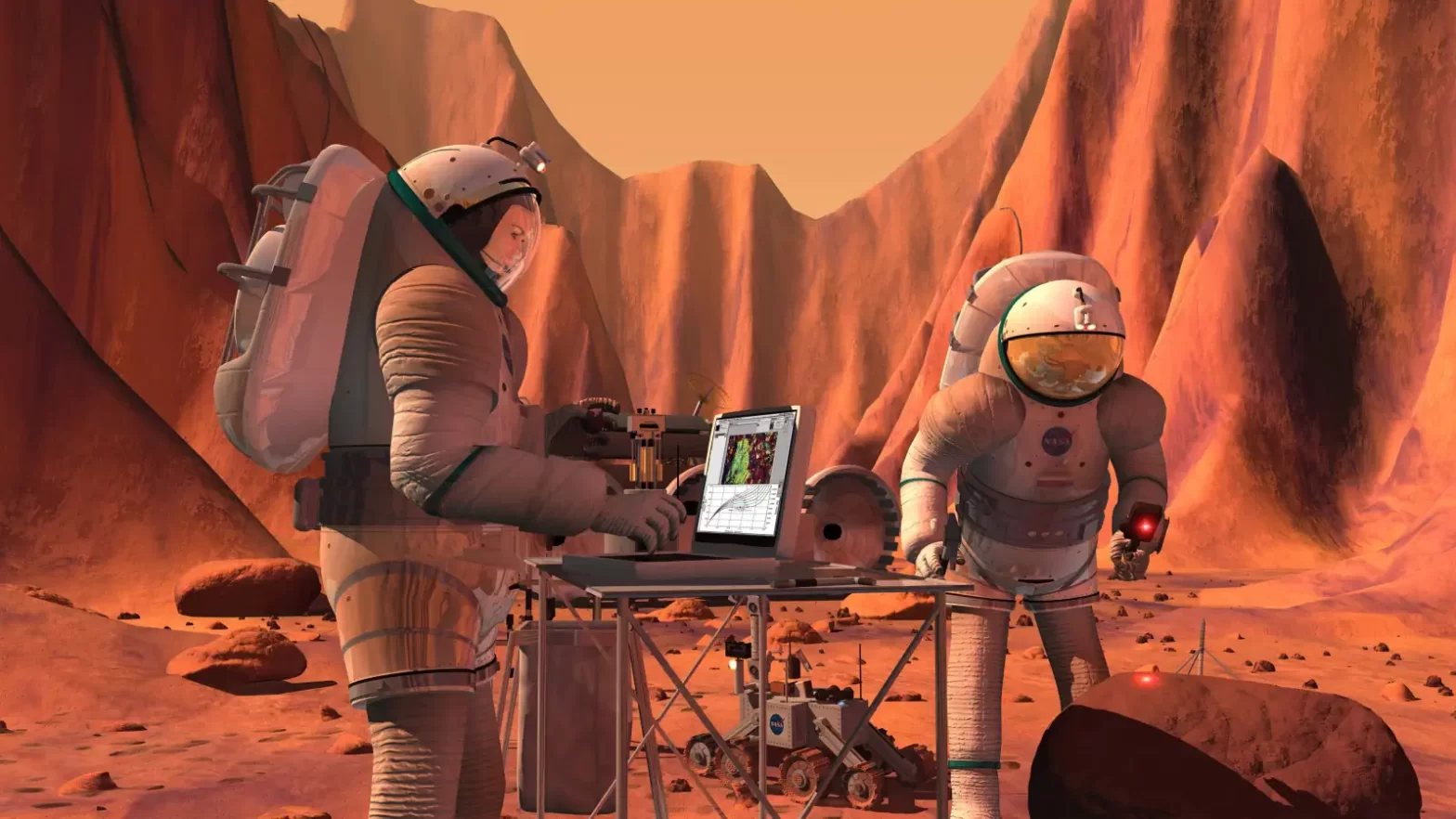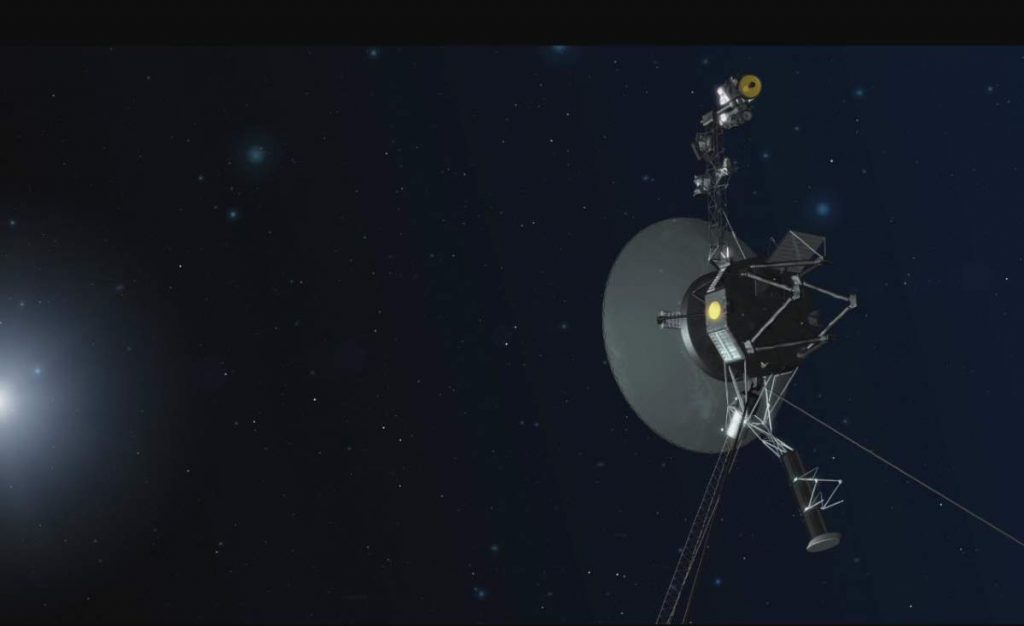If we can colonize Mars in the coming decades, will Martian colonists be able to access the Internet?
The astronauts and cosmonauts aboard the International Space Station have Internet access.
On May 13, 2009, NASA astronaut Michael J. Massimino composed the first tweet from space as he and the crew of Space Shuttle Atlantis zoomed to rendezvous with the Hubble Space Telescope.
But, in the case of Mars, the answer to this question will be most probably “no”. The Martian colonists won’t be able to access the same Earth Internet. They’ll probably have their own Mars Internet.
Imagine: you’re a Martian colonist and you wanted to check the news or buy something over the Internet (I mean the Earth Internet).
First, make sure the website is shipping to Mars. But, there will be a greater problem and it is the torturously slow speed of the light.
The closest distance between the Earth and Mars is 54.6 million kilometers (33.92 million miles). The light, the fastest thing in the Universe, covers that distance in about 188 seconds, more than three minutes. So, you sit at your Martian laptop and click something – it takes that click signal at least 3+ minutes to get to Earth that day, and 3+ minutes for the response to come back to your computer. And this is when Earth and Mars are in the closest position relative to each other.
The farthest apart the Earth and Mars can be is about 401 million km (249 million miles). The average distance is about 225 million km (140 million miles). On average, you’ll get your response in more than 25 minutes. If the planes are farthest apart, it will take 45+ minutes! Obviously, it’s not practical.


Related: Terraforming Mars – why it’s so hard
Communication with Mars: How do NASA drive these rovers without Internet?
Currently, NASA communicates with Mars rovers and other space probes via Deep Space Network (DSN), a worldwide network of U.S. spacecraft communication facilities, located in the United States (Mojave Desert, California), Spain (near Madrid), and Australia (near Canberra), that supports NASA’s interplanetary spacecraft missions. This strategic placement permits constant observation of spacecraft as the Earth rotates on its
Each complex has a huge 70-meter (230 feet) antenna along with multiple 34-meter (112 feet) antennae which can be combined to pick up signals that are thousands of times weaker than a standard FM signal.
The strategic placement permits constant observation of spacecraft as the Earth rotates on its own axis.
- Before a rover “hits the road”, engineers send computer commands overnight, telling where to go the next day.
- Depending on how tricky the terrain is, the rover drivers have two options:
- They can send a string of specific comands like: “Drive forward five meters, then turn tight 90 degrees, then drive two meters more”. The rover turns it wheels enough times to cover five meters, then turns right, and so on…
- If it looks safe, the drivers can let the rover thing on its own. They write commands like “see that rock over there? Find your way there safely”. Then, using two cameras, the rover gets a 3D-view of hazards such as large rocks and steep slopes. After mapping the danger zones, it plots the safest route to avoid them.
- Either way, engineers then double-check if the rover completed its drive as planned when the rover sends back a “postcard” of its new spot.
Sources
- “Communications with Earth” on the NASA Curiosity Rover mission page
- Space Shuttle Endeavour’s Touchdown Meets Columbia’s Salute [An amazing photo from the past] - February 29, 2024
- Moon Landings: All-Time List [1966-2024] - February 23, 2024
- From Orbit to Ordinary: 10 Earthly Applications of Space Technology - January 23, 2024


